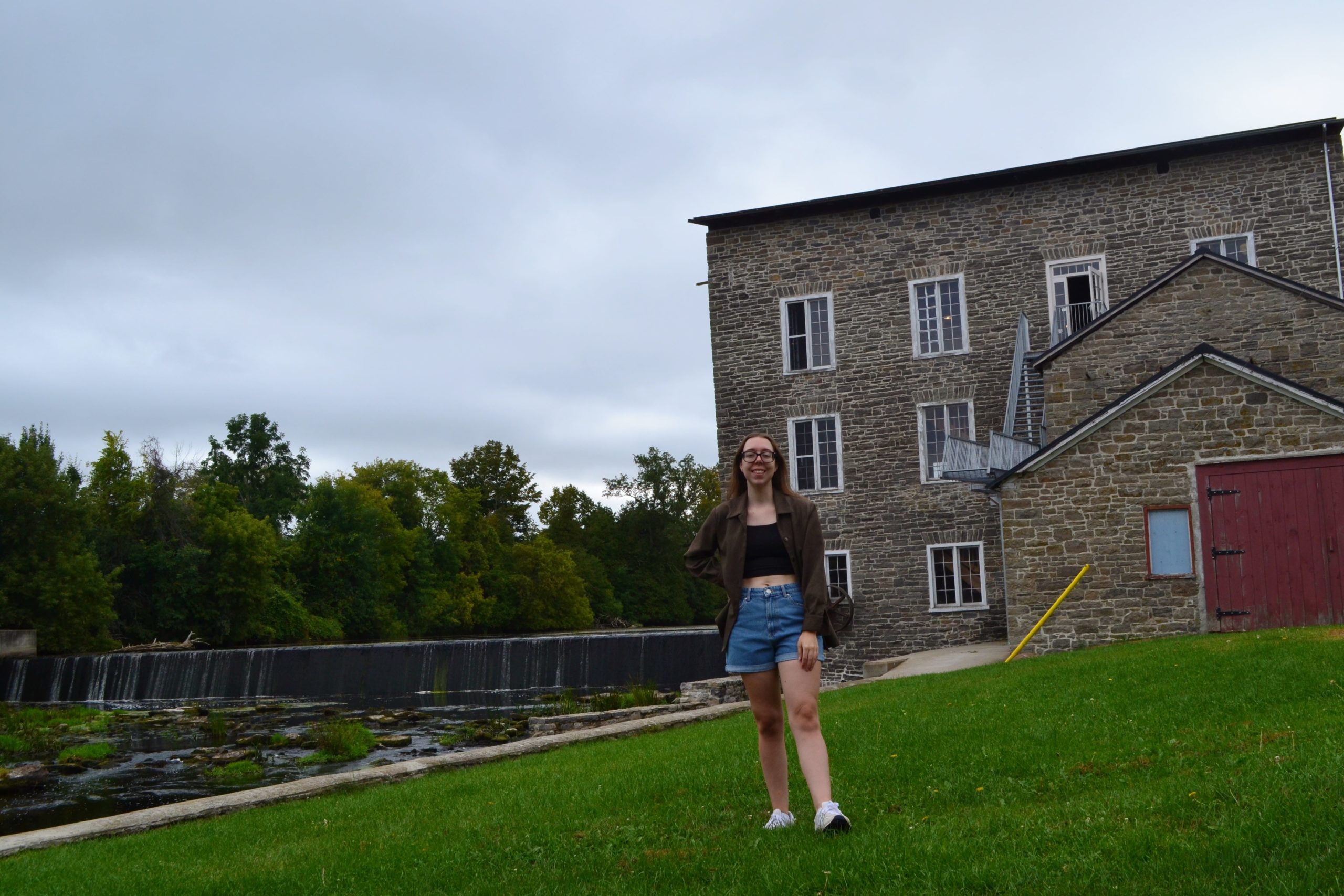
Spencerville, Ontario
United Counties of Leeds and Grenville, est. 500 residents
Spencerville, Ontario, is a tight-knit community with a fascinating past. The area was originally home to the Haudenosaunee before the Spencer family became the first settlers to move in.
In 1811, a dam was built on the South Nation River at Spencerville by Peleg Spencer. The region’s first sawmill was opened by Peleg shortly afterwards, which operated sporadically over the years. By 1821, a gristmill was added, and a year later, ownership of the land, frame house and two mills was transferred to Peleg’s son, David Spencer.
Spencerville History
By this point, a settlement subsequently grew around “Spencer’s Mills.” Not only did the Spencer family help establish the community as a centre for agriculture and industry, but they also constructed other integral properties like an inn and tavern called the Victoria Hotel in 1837.
The name was changed to Spencerville in the 1840s after David had a village plot surveyed and a post office opened. At the start of the 1850s, the Spencer family had three mills up and running: a grist and oat mill, a sawmill, and a fulling and carding mill. Other oat, grist and sawmills also operated on the outskirts of the village, which helped contribute to the region’s development.
Around the mid-century, the thriving industrial town had 250 inhabitants with numerous businesses operating. These included three general stores, three shoemakers, three carriage shops, two inns, a tannery, a blacksmith shop, and a carpenter. The introduction of the Bytown and Prescott Railway also helped Spencerville’s growth. On June 21, 1854, the first official passengers travelled from Prescott to Spencerville by train.
Heading into the 1900s, Spencerville’s population had reached 350, with several new businesses established. A bakery, a millinery, a harness shop, a dressmaker, a pharmacy, and a cheese factory all popped up and became staples within the community. The area was officially incorporated as a village in 1905.
The Mill That Started It All
David Spencer’s three mills were each destroyed in a fire in 1859. Instead of rebuilding the structures himself, he sold the rights to the property to his daughter, Mercy Fairbairn, in 1862. Two years later, Mercy’s husband Robert rebuilt the stone grist mill, which processed flour, feed and rolled oats for the community. The installation of four sets of grist stones and a new steam engine helped run the mill more efficiently and compensate for the low water levels that plagued the South Nation River.
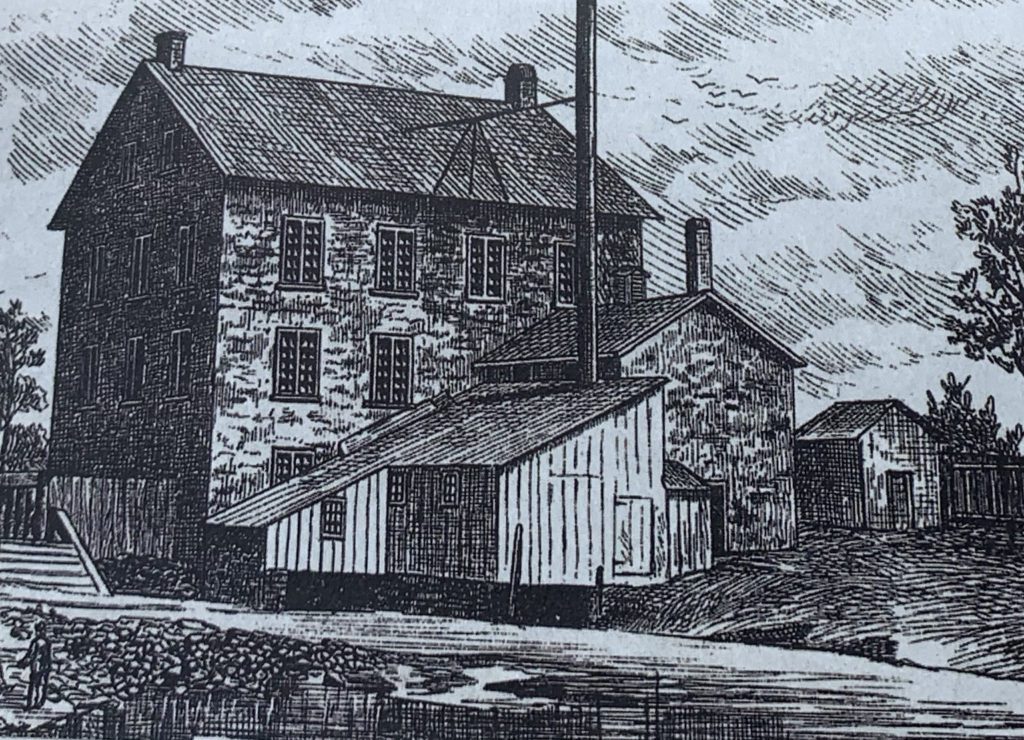
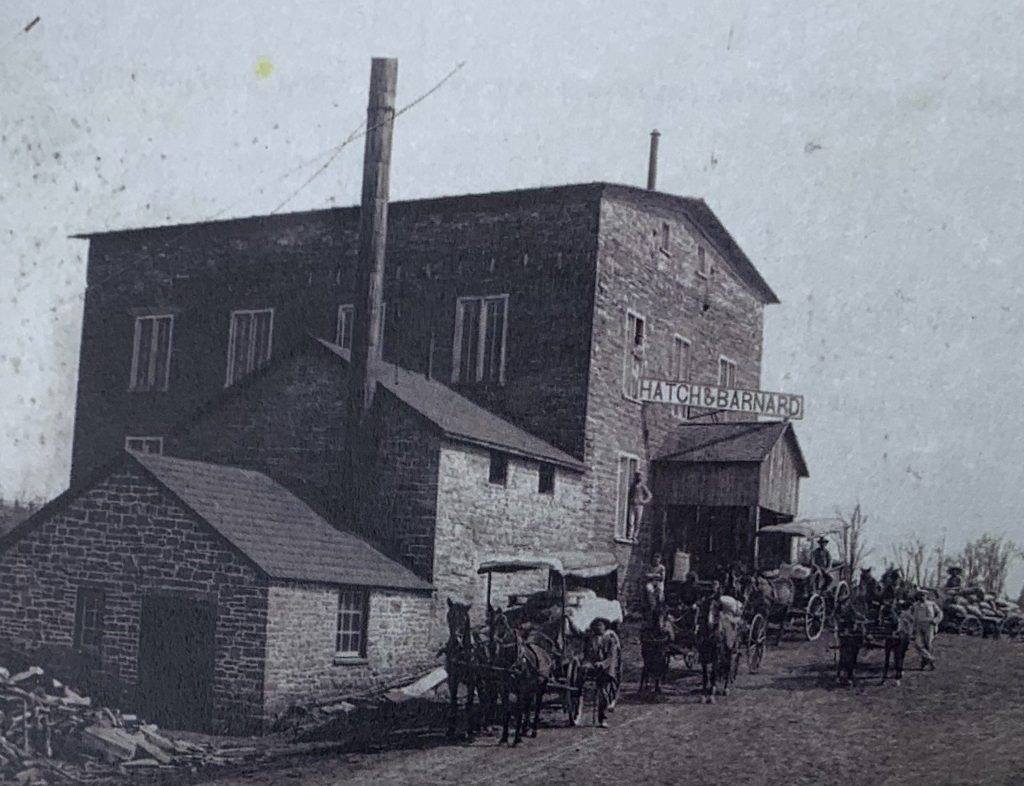
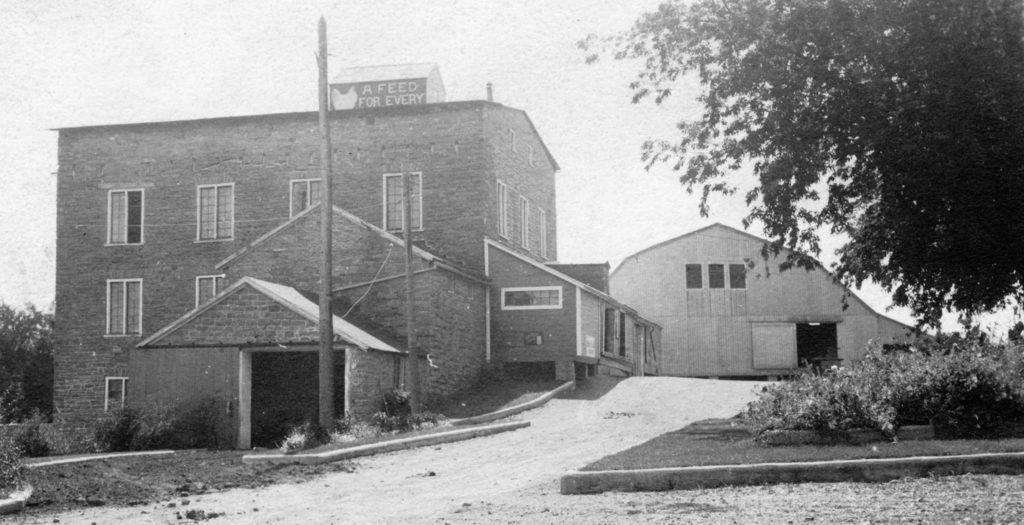
In 1884, another fire destroyed the mill’s interior, which forced Mercy and Robert’s son, David, to rebuild the inside before Thomas J. Bennett purchased the mill two years later with a business partner. Bennett became the mill’s sole owner in 1897, running it for many successful years before being leased to Justin Fletcher Barnard and his partner Hatch.
Eventually, the partnership between the two would dissolve, but Barnard still wanted to use the building. Barnard would go on to manufacture livestock and poultry feed under the trademark “Grow or Bust,” becoming the first registered manufacturer of calf meal in Canada in 1908. By 1912, Barnard purchased the mill and the house on the property for $4,600.
Over the next 60 years, Barnard and his family would go on to make many changes to the old mill. The wooden weir was replaced with a concrete one in 1915, the waterwheel was upgraded to a turbine in 1934, and a gasoline power plant took the place of the steam engine. The family business thrived during its era and helped serve the local community’s needs before closing in 1972.
Spencerville Today
The Spencerville Mill was purchased by the South Nation Conservation Authority in 1985. In the 1990s, major renovations began on the aging building with the help of the Connell, Baker and Drummond families. After long last, the Spencerville Mill and Museum finally opened to the public in 2000. Fifteen years later, the second floor was opened and now serves as an event space.
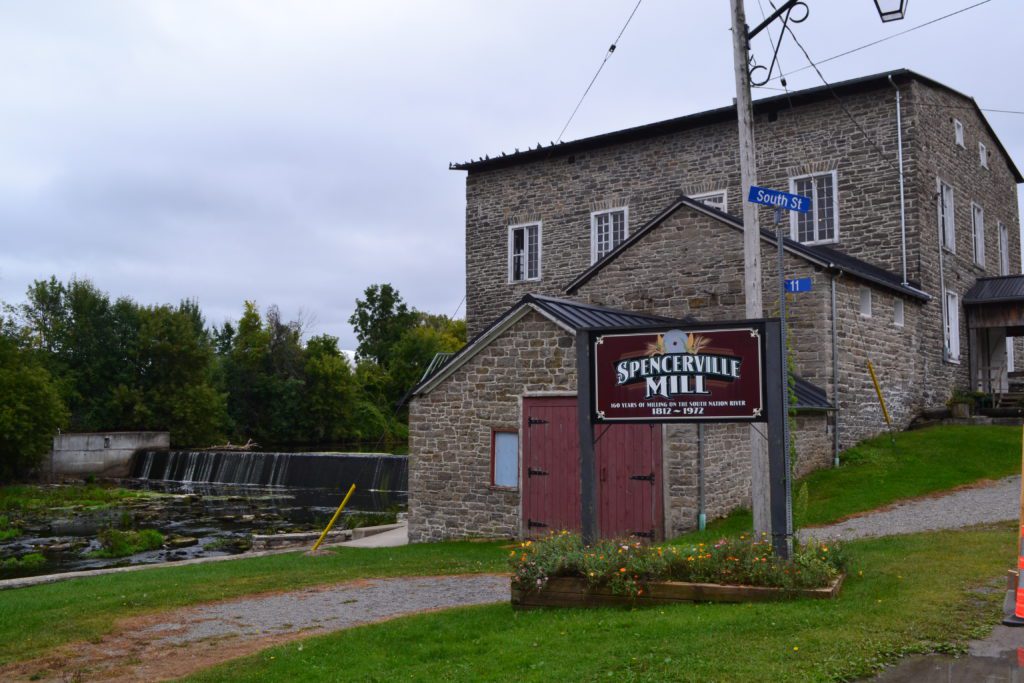
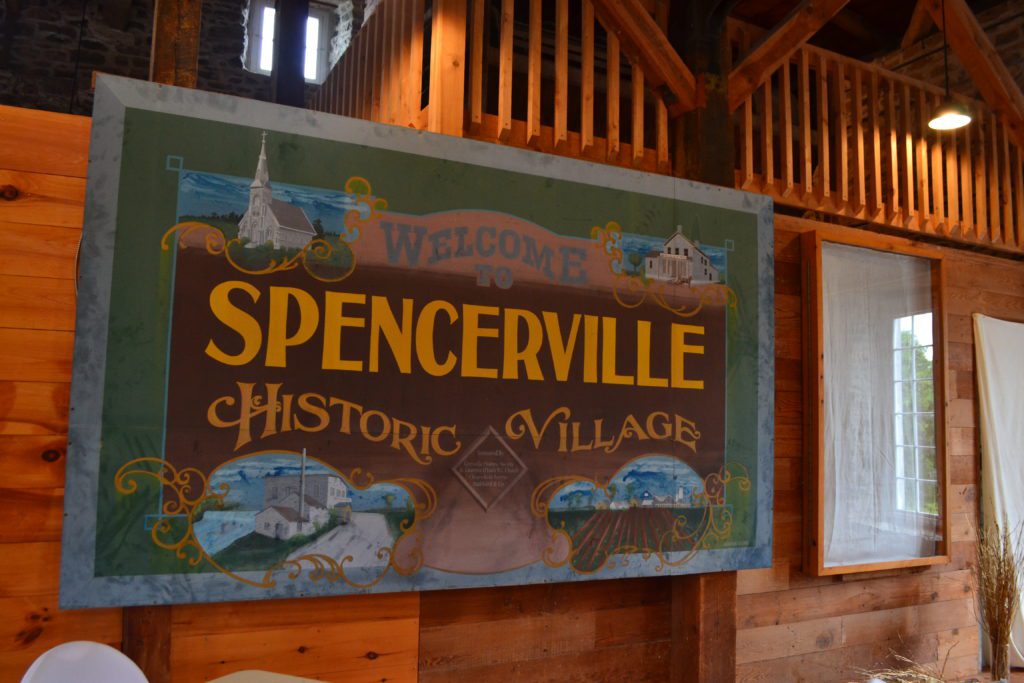

Today, the museum has multiple displays depicting the 1930s era and includes original artifacts native to the area. Visitors can take a tour to learn about the other industries that thrived in Spencerville over the years, and several exhibits highlight the businesses and families that first developed the town. Most importantly, the museum offers an important glimpse at the milling process and how it operated, transforming from a grist mill to a feed mill.
The Village Pantry has been a Spencerville staple since the 1990s. Carol and Barry Kirkby started the store from scratch, turning an old building into a local gem. Curtis, Tina and Brent Murray bought the business in April 2022 and have continued to be a one-stop shop for the community, offering freshly baked bread, deli meats, pizza, cinnamon buns and other baked goods, sandwiches and much more.
Joe’s SpencerCity Bar And Grill was opened by Joe Moulton in 2016. The original frame structure was first built in 1853, operating as a Temperance House before it was demolished. It was later replaced by the present stone building and opened as the Spencerville Hotel, staying in business until 2001.
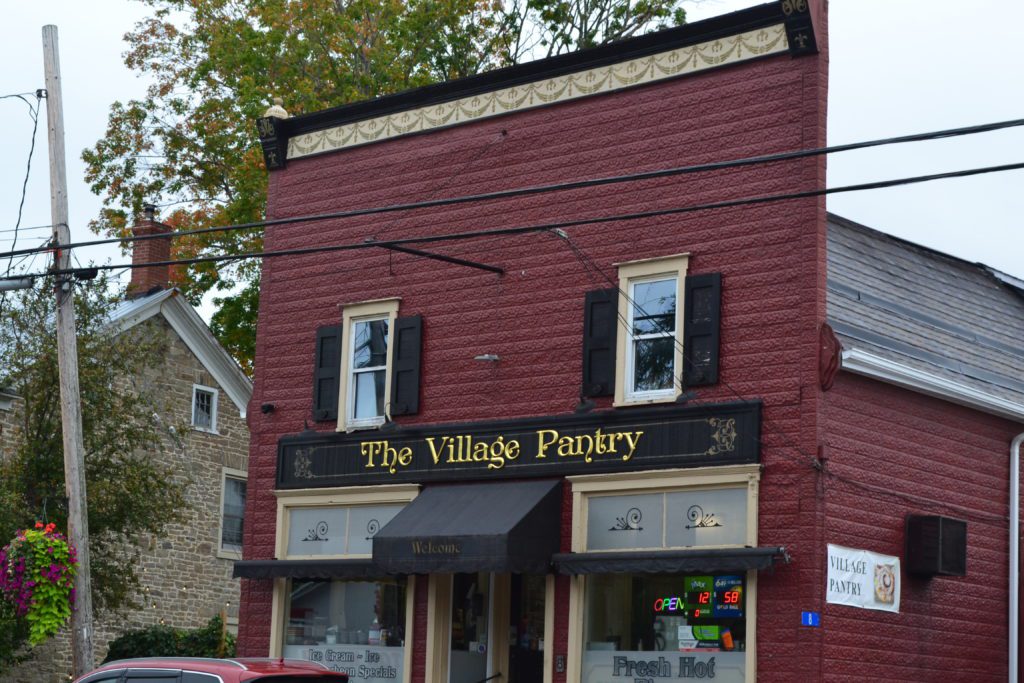
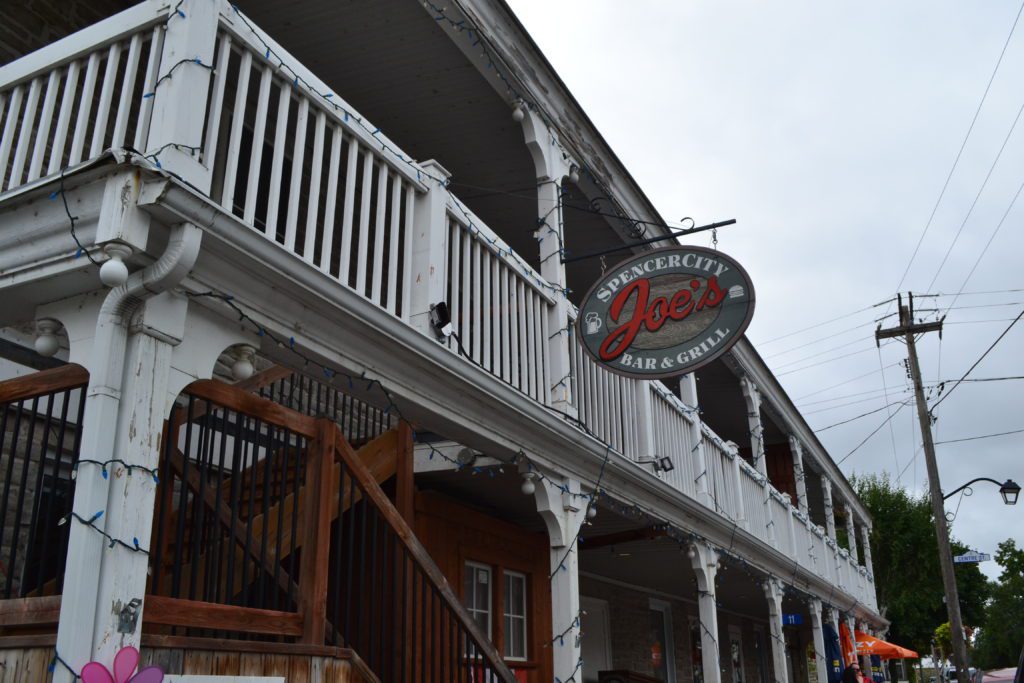
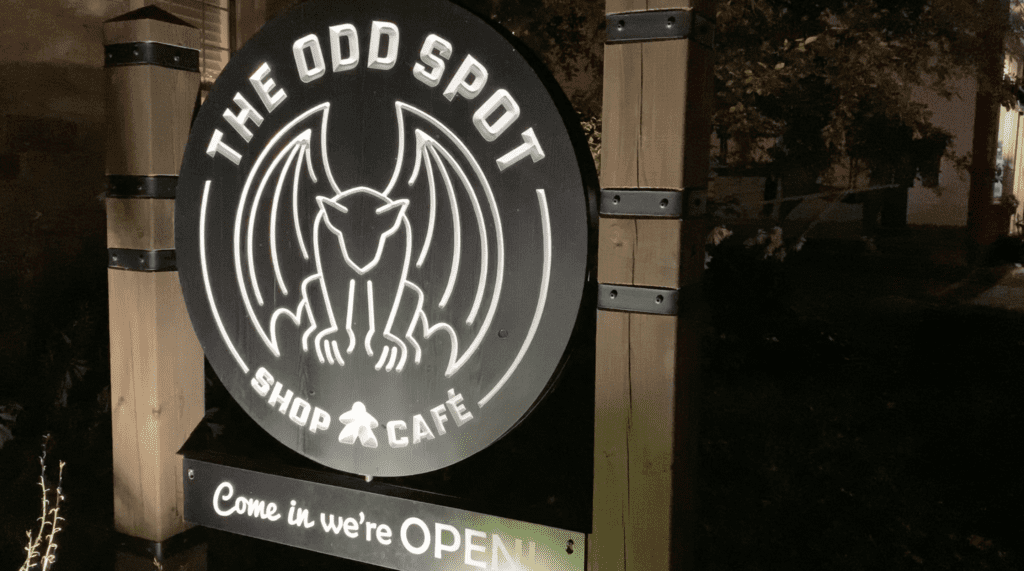
Since bringing new life to the building seven years ago, Joe has continued to renovate and open several businesses, including converting the rooms upstairs into apartments and office space. Joe’s SpencerCity Bar And Grill is home to delicious food, great entertainment and even better company.
The Odd Spot is a unique shop and café that combines a love of board games with tasty treats. The coffee shop is located in the home of the original Victoria Hotel, which was constructed by David Spencer in 1837. The hotel boasted an upstairs ballroom and a secret passageway to a store of liquor in defiance of the 1878 Temperance Act, but when the building became a private residence, the luxurious ballroom was converted into seven bedrooms.
After many owners and several interior renovations, Marquis Côté and Amy Boyce opened The Odd Spot in 2022 with the hope that more friends and families would come together to spend quality time rather than focus on their electronic devices.
The Spencerville Fair, also known as “The Biggest-Little Fair in Eastern Ontario,” celebrated its 168th anniversary in 2023. It all started back in 1854 when Leeds and Grenville County Council passed a resolution granting the founding of agricultural societies within the two counties, leading to the formation of the Township of Edwardsburg Agricultural Society. The very next year, the area’s first fair was held on property settled by David Spencer.
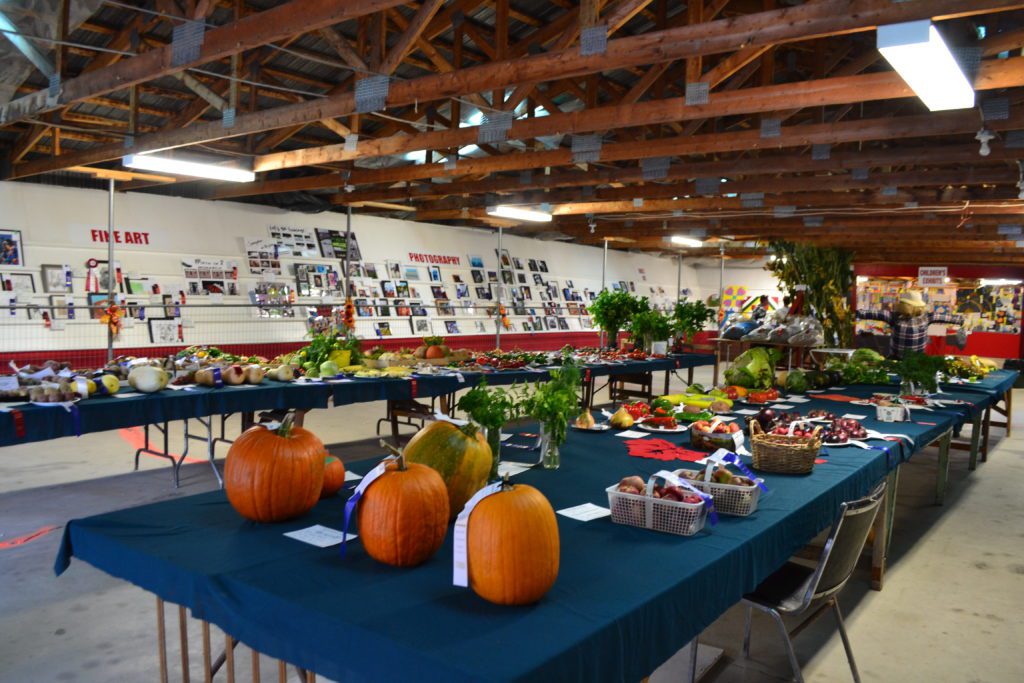
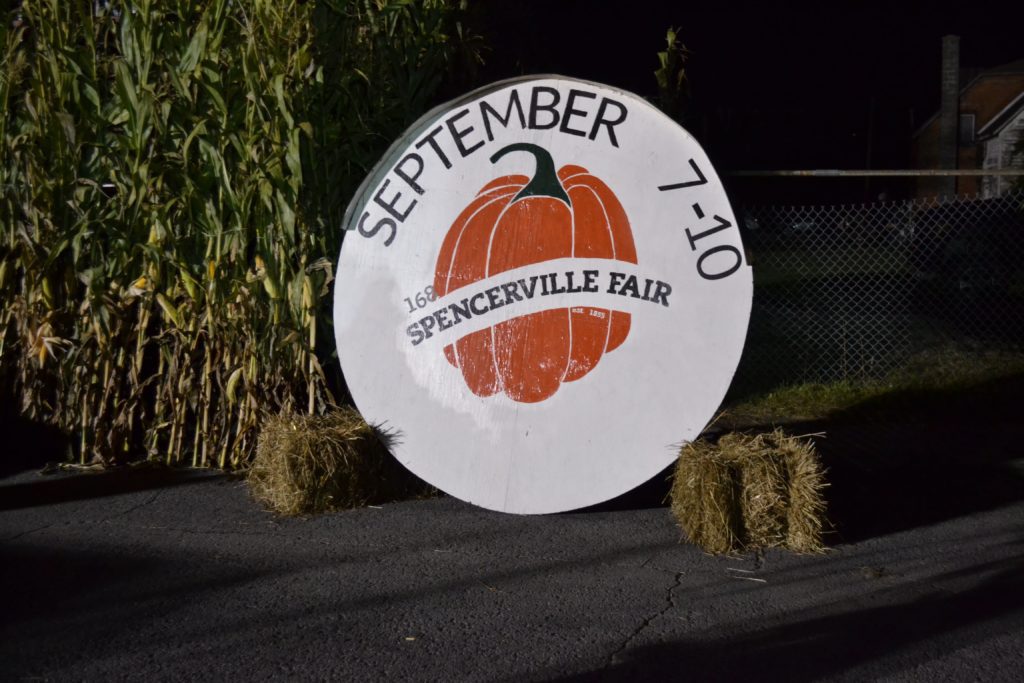
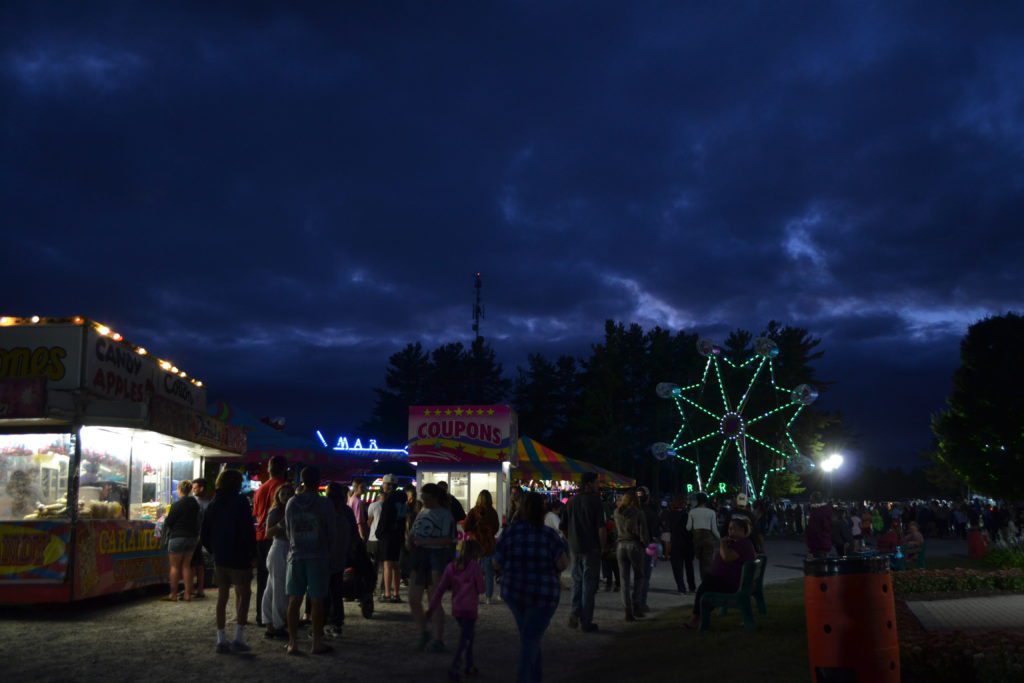
Throughout history, the fair survived both World Wars — the fairgrounds were used for training purposes during WWI — the Depression years of the 1930s and multiple influenza outbreaks, coming back each time stronger than ever. The resiliency of the people within the community shows just how special the Spencerville Fair is and will always be. The fair has grown from a small annual event to drawing tens of thousands of people from far and wide to take in its magic, thanks to the help of many local volunteers.
Spencerville is a wonderful village with a lot of love to give. There are so many captivating stories surrounding the town told by the kindest people you could ever meet. From a wagon mysteriously appearing on top of a bank to the teacher of a one-room schoolhouse being dropped off by a milk truck every day, the knowledge from so many about the village’s history makes Spencerville an absolute gem.
A big thank you to Mary from the Spencerville Mill for the information about the area and the incredible hospitality and Curtis from the Village Pantry and Joe from Joe’s SpencerCity Bar And Grill for providing me with more information about their businesses.


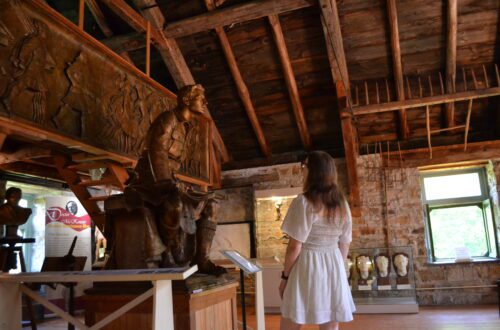
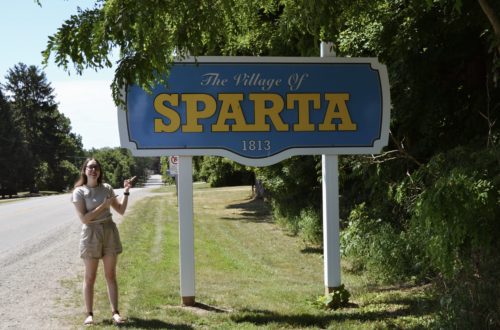

6 Comments
Curtis Murray
Amazing! Thank you so much for visiting our community and highlighting the business we have to offer!
smalltowncanada
Your business was a wonderful place to stop by and grab some treats! Thanks so much for the additional information you provided.
Debra Cooper
Very informative and interesting read.
smalltowncanada
Thank you so much for reading!
Anita Broniszeski
This was a very interesting read thank you for all the information. My father-in-law and brother-in- laws Broniszeski Carpentry from Spencerville are privileged and honored to have helped restore the Mill too it’s beautiful state.
smalltowncanada
Thanks so much for reading Anita! It’s very cool that your family helped restore the Spencerville Mill as it looks incredible now. You should be so proud!